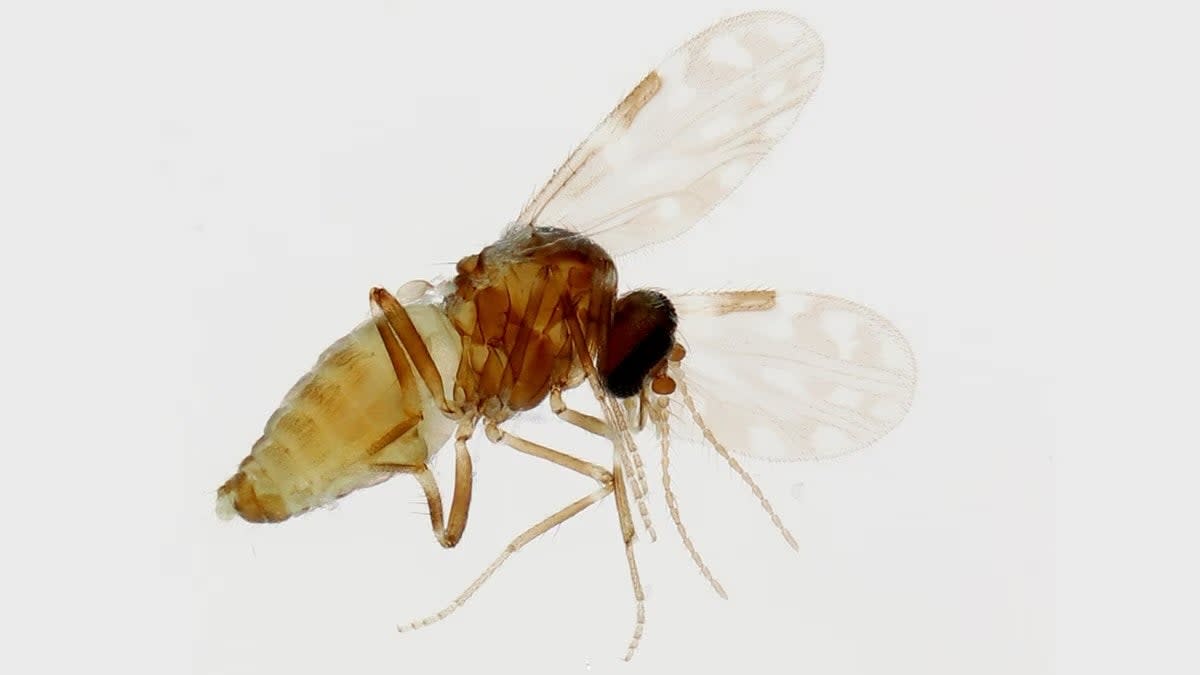Sloth fever has arrived in the US. Here’s what you need to know

More than 20 new cases of sloth fever were reported in the United States this week.
Some 21 travelers returning from Cuba were found to have the disease, officially known as Oropouche virus, according to the Centers for Disease Control and Prevention.
Only one case was reported in New York, and the remaining 20 in Florida. Three of the travelers were hospitalized.
The virus was first detected in 1955 in Trinidad and Tobago, and nicknamed “sloth fever” after scientists found it in a three-toed sloth.
The virus is typically found in South America, Central America, and the Caribbean and primarily spread to humans by the infected bite of midges or mosquitoes. But it has also been passed along by sloths, primates, domestic and wild birds, and rodents to people. There is currently no evidence of transmission in the U.S. by insects.

Sloth fever symptoms include fever, headache, chills, muscle aches and pains, and stiff joints. It also causes vomiting, sensitivity to light, dizziness, diarrhea, extreme abdominal pain, and hemorrhaging.
Patients may be hospitalized following infection, but typically recover without lasting symptoms. While there are no vaccines or medicines available to treat sloth fever, there have been very few deaths from the virus. It was first detected in 1955.
It can be mistaken for other viruses spread by insects, like Zika virus, dengue, and malaria.
Sloth fever’s incubation period lasts three to ten days, and symptoms typically occur for less than a week. However, in as many as 60 percent of cases, the symptoms can reoccur days or weeks later.

In the recent spate of cases from Cuba, the CDC says that most of those infected did not become severely ill but at least three people saw symptoms return after their initial infection.
The virus can also cause neuroinvasive disease, leading to inflammation around the brain and membranes of the spinal cord. Approximately 4 percent of patients will develop neurologic symptoms after their initial fever.
So far this year, more than 8,000 cases of the virus have been reported across Latin America and the Caribbean including in Bolivia, Peru, Colombia, and Cuba. Sloth fever was behind the deaths of two healthy, young Brazilians, and travel-associated cases have been reported in Europe, after people returned from Cuba and Brazil.
In July, the Pan American Health Organization (PAHO) issued an alert about cases in Brazil that were associated with adverse pregnancy outcomes, including fetal deaths and birth defects.
Last month, the CDC issued an advisory to alert U.S. public health authorities of an increase in the virus in the Americas region.
The best way people can protect themselves from the disease is to prevent insect bites. People who are pregnant are advised to consider deferring travel to areas with outbreaks.
With reporting from The Associated Press






